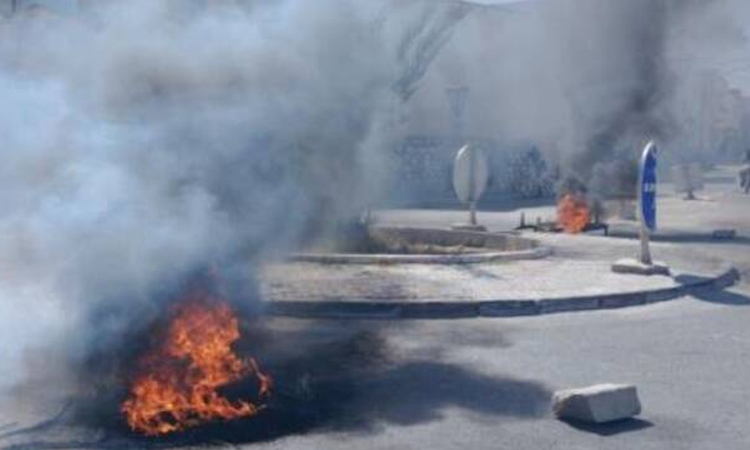News Flash
News Flash

GABES, Tunisia, Oct 11, 2025 (BSS/AFP) - Hundreds of people in southern Tunisia's Gabes on Friday protested to demand dismantling a local phosphate processing plant after reports of respiratory distress among residents.
Demonstrators called for the "dismantling of the chemical group", chanting "We want to live" and "Gabes is a victim of pollution and injustice".
Local campaign group Stop Pollution called for the protest after videos circulated on social media showing local schoolchildren struggling to breathe in a classroom.
The footage, which AFP could not independently verify, showed civil protection officers and worried parents rushing to assist the students.
Last month, local reports said some 20 people had been hospitalised with respiratory problems as the plant is accused of spewing toxic waste into the sea and air.
The processing of phosphate rock into fertiliser emits toxic gases such as sulphur dioxide and ammonia.
The main solid waste product is phosphogypsum, which the plant discharges into the Mediterranean.
It contains radium that decays into radon gas, which is radioactive and can cause cancer.
Residents of Gabes, a city of around 400,000 people, have been campaigning for decades against the pollution from the plant, finally winning a promise from the government in 2017 to begin its gradual closure.
But with Tunisia now mired in public debt, the current government has backtracked on that promise and is planning a fivefold increase in fertiliser output at Gabes in a bid to boost hard currency earnings.
The North African country used to be the world's fifth largest producer of fertiliser, but has dropped to 10th over the past decade and a half.
President Kais Saied has vowed to revitalise the sector and reverse long years of underinvestment in the Gabes plant.
The state-run Tunisian Chemical Group (GCT), which operates the plant, was inaugurated in 1972. Phosphate mining and processing remain one of Tunisia's main natural resources.